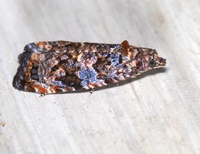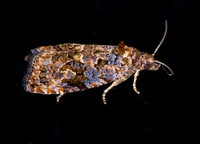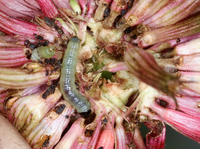
| Recorded by: Jim Petranka on 2025-10-12
Madison Co.
Comment: | 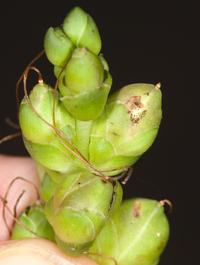
| Recorded by: Jim Petranka and Becky Elkin on 2025-10-06
Madison Co.
Comment: Fruiting heads of Chelone lyonii with brownish entrance holes. |
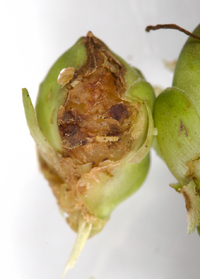
| Recorded by: Jim Petranka and Becky Elkin on 2025-10-06
Madison Co.
Comment: A dissected fruit of Chelone lyonii with damaged tissue that was tunneled through. | 
| Recorded by: Jim Petranka and Becky Elkin on 2025-10-06
Madison Co.
Comment: A larva that was removed from a fruit of Chelone lyonii. |
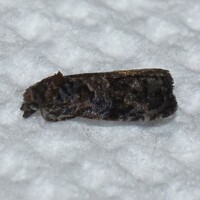
| Recorded by: Jeff Niznik, David George on 2025-09-03
Moore Co.
Comment: | 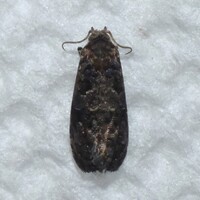
| Recorded by: Jeff Niznik, David George on 2025-09-03
Moore Co.
Comment: |
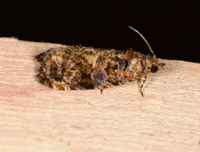
| Recorded by: Jim Petranka, Mark Basinger and Becky Elkin on 2025-08-30
Richmond Co.
Comment: | 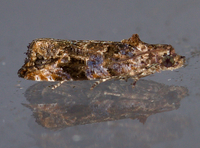
| Recorded by: Jim Petranka, Mark Basinger and Becky Elkin on 2025-08-29
Richmond Co.
Comment: |
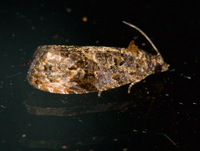
| Recorded by: Jim Petranka on 2025-08-20
Madison Co.
Comment: | 
| Recorded by: Jim Petranka, Marilyn Westphal and Becky Elkin on 2025-08-17
Henderson Co.
Comment: |
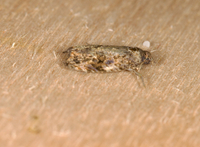
| Recorded by: Jim Petranka, Mark Basinger and Becky Elkin on 2025-08-03
Richmond Co.
Comment: | 
| Recorded by: Jim Petranka and Becky Elkin on 2025-07-26
Madison Co.
Comment: |
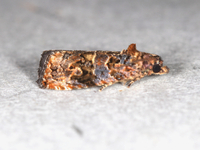
| Recorded by: Jim Petranka on 2025-07-20
Madison Co.
Comment: | 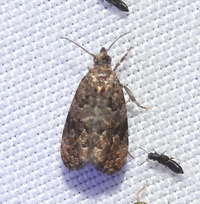
| Recorded by: Jeff Niznik, David George, Rob Van Epps, Kevin Metcalf on 2025-07-20
Richmond Co.
Comment: |

| Recorded by: B. Bockhahn on 2025-07-03
Macon Co.
Comment: | 
| Recorded by: Jim Petranka, Mark Basinger and Becky Elkin on 2025-06-29
Richmond Co.
Comment: |
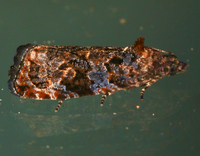
| Recorded by: Jim Petranka on 2025-06-08
Madison Co.
Comment: | 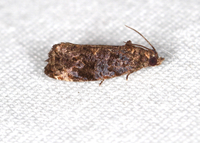
| Recorded by: Jim Petranka on 2025-05-24
Richmond Co.
Comment: |
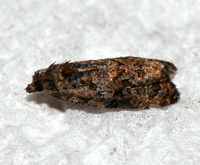
| Recorded by: David George, Jeff Niznik on 2025-05-24
Richmond Co.
Comment: | 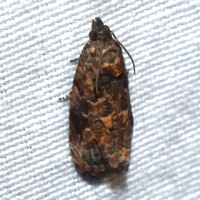
| Recorded by: David George, Jeff Niznik on 2025-05-24
Richmond Co.
Comment: |
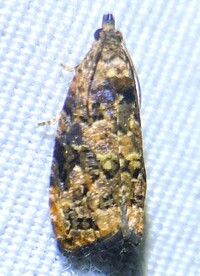
| Recorded by: Dean Furbish, Lior S. Carlson on 2025-04-05
Orange Co.
Comment: | 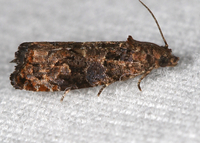
| Recorded by: Jim Petranka on 2024-11-06
Madison Co.
Comment: |

| Recorded by: John Petranka on 2024-10-24
Orange Co.
Comment: | 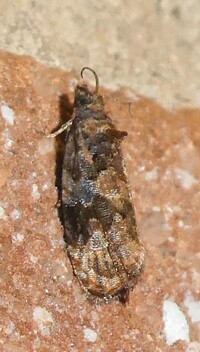
| Recorded by: Simpson Eason on 2024-09-15
Durham Co.
Comment: |

| Recorded by: Jim Petranka on 2024-09-06
Madison Co.
Comment: | 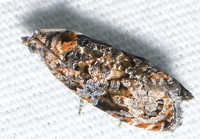
| Recorded by: John Petranka on 2024-08-31
Orange Co.
Comment: |
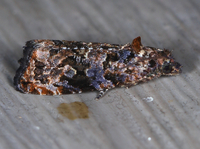
| Recorded by: Jim Petranka on 2024-08-30
Madison Co.
Comment: | 
| Recorded by: Jim Petranka and Becky Elkin on 2024-08-27
Madison Co.
Comment: |
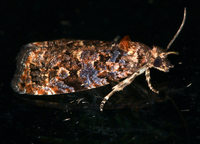
| Recorded by: Jim Petranka on 2024-08-22
Madison Co.
Comment: | 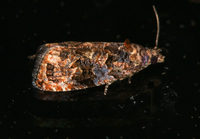
| Recorded by: Jim Petranka on 2024-08-19
Madison Co.
Comment: |
|

 »
»